How Australian Education businesses can attract Chinese clients
Austalia the Chinese dream for their kids’ education….
The most promising Education Tourism Market …
With 523,700 Chinese students who went overseas last year in 2015, China is the biggest outbound education tourism market. This is a 14% increase in comparison to 2014 and 11% from 2013 to 2014. According to the Ministry of Education of China, about 9 out of 10 Chinese overseas students financed their trip by themselves (usually parents) without any scholarship. The rest of the Chinese students are helped by their company or by a special government fund. One interesting trend is that most of these students going abroad return home. China’s ministry of education estimated that 400,000 Chinese students went back to China after studying abroad. Another trend is that they are younger and younger going towards high school and even middle school. The main destinations for Chinese students are mostly English-speaking countries : the US, Australia, and Canada.
Chinese education tourism in Australia …
In only 3 months (from January to March 2016), Australia has received 421,258 international students which are 12% more than March 2015. As you can see in the table below, China is the biggest market for Australian Education players with about 1/5 of the total of international students coming from China. Australian high schools are also gaining in popularity with an increase of Chinese students enrollment of 20% from 2013 to 2014.
Source: Australian Government – Department of Education and Training
The senator of Tasmania, Richard Coldbeck visited the AWIC (Australia Week in China) last month from April 11th to April 15th. He said on its personal website that “China is an extremely important market for Australia – it is our largest source of international students and our highest-spending tourism market with both sectors experiencing strong growth”. The main aim of the education part of this event is to develop dedicated services between both countries via collaboration and digital presence.
It seems that Richard Colbeck and the overall AWIC understood that implementing a digital strategy is a must. In order to attract Chinese students, their parents or agencies, Australian education players should create a robust digital strategy to reach their target market. In fact, China, with more than 660 million internet users, is one of biggest internet communities in the world. Among those, about 9 out of 10 access the internet on their mobile phone. Chinese people can order fruits to their door, hail for a taxi, pay for their mobile phone, and can do anything possible online. In 2013, according to the CNNIC (Chinese Internet organisation), about 55% of Chinese internet users are aged between 10 and 29 years old. Needless to say that the solution to reach your target market is by going digital.
1: SEO optimization on Baidu (not google)
The most important thing for any education organisation is to be visible by Chinese parents and students. A very powerful tool to search for information is search engines. Just like any parent or student would look on Google for information about universities, Chinese just do the same. Since Google is forbidden in China, another search engine leads the market: Baidu. Baidu is a Chinese search engine which owns more than 80% of the market. Needless to say ranking in the first pages of Baidu will help you tremendously to be visible to Chinese students/parents/agencies.
As you can see on the following screenshot, when we type “留学 ” (Study abroad) for example we only see international studies specialized website. Don’t hesitate to approach these websites to make your organisation better known.
The main websites:
Therefore, you should make sure that your website is in Chine and SEO optimize. Also, be aware of the fact that Baidu’s SEO requirements differ from those for Google (content for example).
2: Chinese Social Media
China is one of the biggest online communities with more than 660 million internet users. It is estimated that 9 out of 10 netizens use their mobile phone to access the Internet. The main Chinese social media platforms are WeiBo, WeChaT, QQ and Ren Ren. WeChat is an instant messaging mobile app developed by Tencent (Creator of QQ). It has more than 690 million active users worldwide and China is the main market. WeiBo, with more than 222 million active users and a Twitter-like platform is a micro-blogging platform.
If you truly want to get closer to your audience and target market, WeChat and WeiBo are a must. A university can have its own Official WeChat/Weibo page or like MIT, using a KOL (key opinion leader), an MIT professor who has more than 87 000 followers.
3: Do not forget E-branding
Online branding is the use of a set of online strategy tool: search engine (SEO), social media (WeChat/Weibo), a Chinese website, presence on specialized Education websites, etc. Another important fact to take into account is the importance of Mian Zi in China. Mian Zi which refers to “reputation” or “honour” is one of the basics of Chinese culture. Chinese people want to send their Children to study abroad to show that their child is succeeding, can speak a foreign language etc. An education organisation should share a story to really build a connection with the Chinese target customer. Having a page on Baidu encyclopedia is a good start and will enable the school to share the story and values.
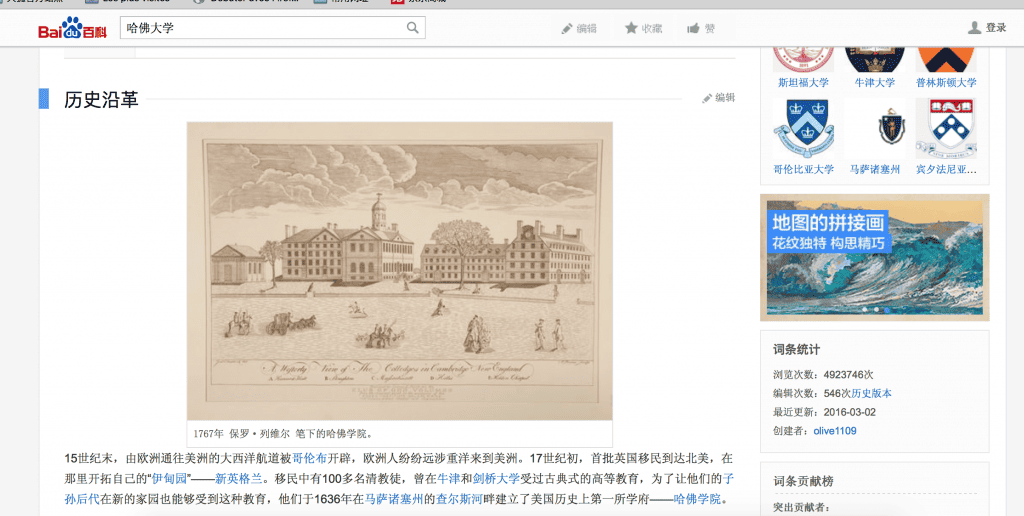
4: The Word of mouth is super important in China
As of today, about half of the Chinese population is connected to the Internet. The traditional way was to go offline by being present in conferences, giving lectures abroad, go sourcing in universities … Well, you can still do so but thanks to the wide availability of the Internet in China you can improve a school brand awareness by using digital tools. Words, experiences, advice, feedback and general information will flow and spread very fast across all social media platforms, websites, forums, and blogs. The school should just make sure that everything said is positive and should monitor the “spread” progress (even though it can be difficult). Having a strong brand, building partnerships with local organizations, understanding the needs of the target market (Chinese parents, students) and providing value will help in the word-of-mouth process.
A Chinese student in the US was discriminated against by Harvard University student back in 2015. A Chinese cooperative decided to defend her rights. As you can see this video has been seen more than 90,000 times since it was published !!
5: E-reputation : check what students say about you
Thus, the importance of taking care of your reputation online. If an Australian university, for example, wants to attract more Chinese students, it should make sure that the image, how Chinese people perceive the organization is positive. As you already know China is a very connected country. Moreover, people believe strongly in what is shared on the Internet. Having strong online testimonials, positive comments, and providing enough relevant information to Chinese parents/students will help Australian schools and universities to attract Chinese students.
6: Video testimonials : big impact
Another way to attract more Chinese students is by using Chinese video platforms. In 2014, there were already more than 450 million video viewers which accounted for more than 5 billion hours of videos watched per month. Also, According to Iresearch, in 2015, the Online Video market in China generated a revenue of 11.53 billion Yuan (31.9% increase compared to the previous year). The main platform in China is Youku, Iqiyi, PPS, Sohu, and Tencent. Australian schools/universities could film their current Chinese students, post a video and then let the “word of mouth” happen by sharing the videos on several social media platforms.
As you can see above, it is a great idea to have a video testimonial in Chinese by Chinese students. Actually, this university did a “mistake” by posting their video on Youtube (which is forbidden in China) but well the idea is there. The video should be posted on one of the main Chinese video platforms to give Chinese parents/students the chance to see the video .
7: Customer service
Last but not least, if an Australia school wants to attract even more Chinese student, it should act like a business and ensure that Chinese customers are satisfied at every touchpoint. The first touchpoint with the Chinese customer is when they are looking for more information about for example the school programme or accommodation. Having someone who can speak Chinese and respond to parents queries, for example, is a great way to make them feel at “home”.
To learn more:
Education in China – 7 strategies to generate leads
Use Wechat and Weibo to penetrate the Chinese market


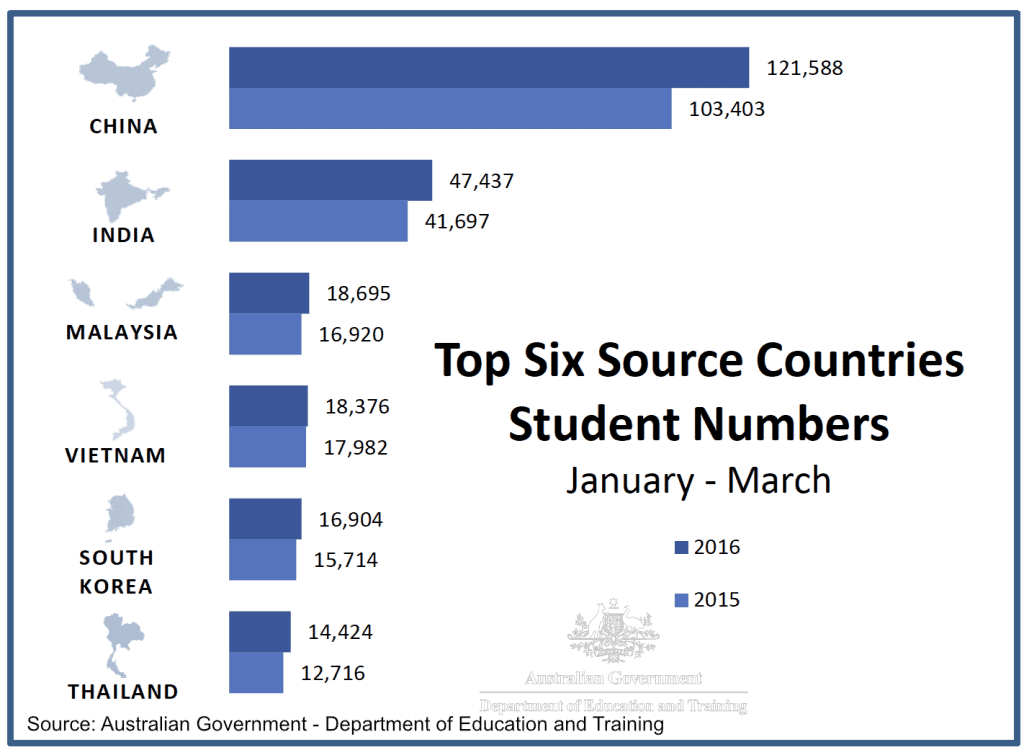

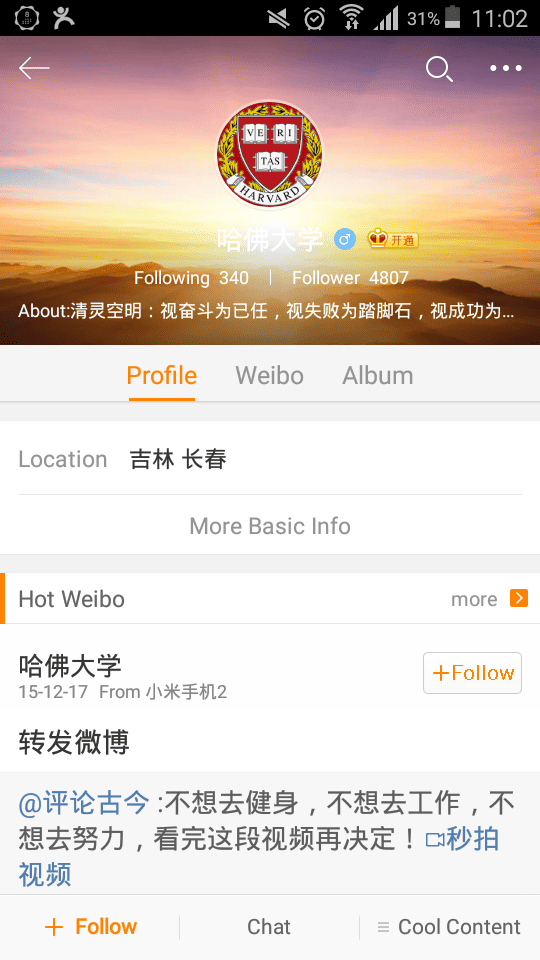
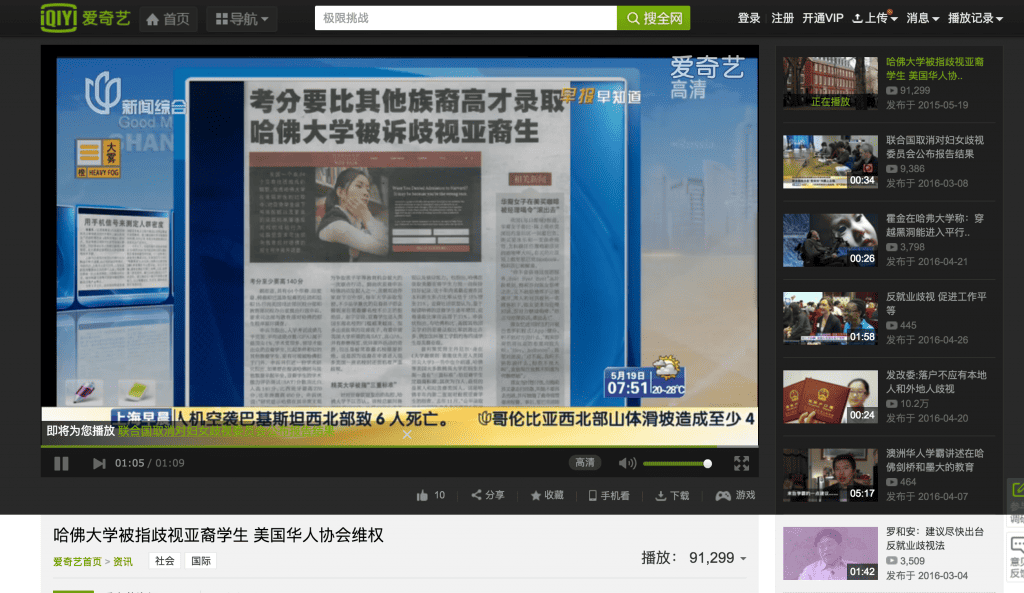
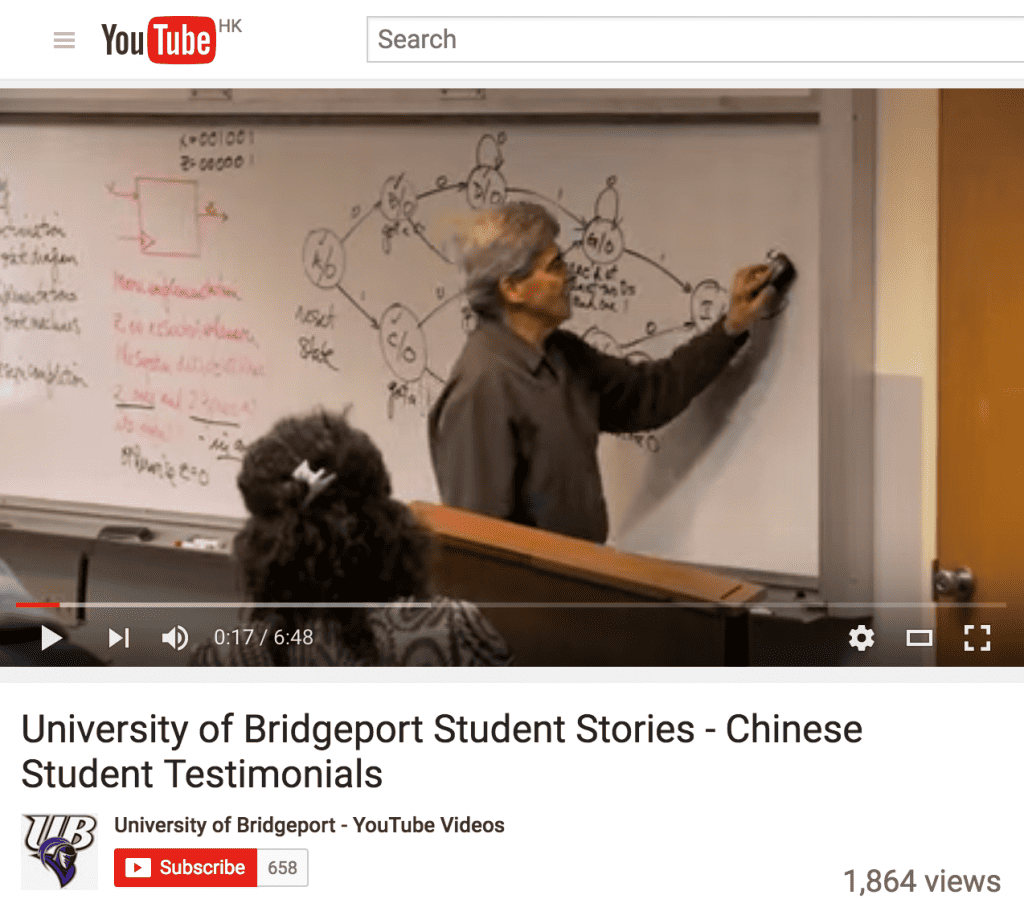






One Comment